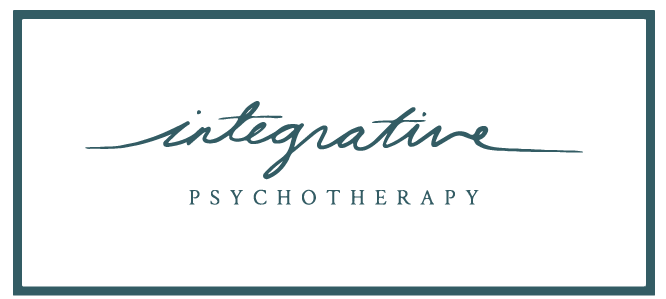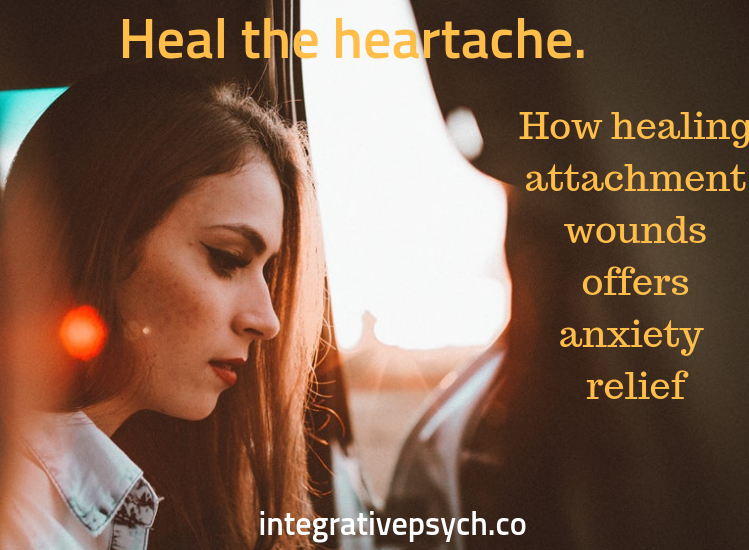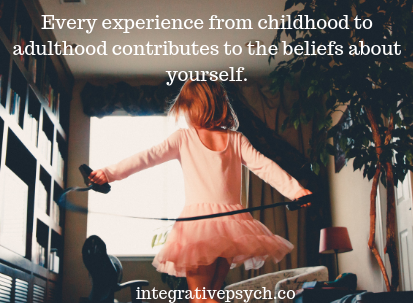Heal the heartache. How healing attachment wounds offers anxiety relief.
Attachment Focused Therapy in Five Towns, Nassau County and Long Island
Have you been struggling with anxiety that has no “apparent” cause?
There’s nothing in particular that’s on your mind, yet there’s this nagging feeling of worry, of panic or of fear. You may be dreading a time of year, a new interaction, a recent shift in your love relationship or demands your family or work life is putting on you, but none of these equate to the feeling of discomfort you’re experiencing. I so get how uncomfortable and confusing it can be to not understand the “reason” for the pain.
As a trauma and anxiety therapist, I am always looking for the core of the pain, of the discomfort and the dis-ease. It is not uncommon for a client to come in with no “apparent” stress, yet to be suffering with anxiety and wonder what it is about. Often, in these cases, there is some kind of attachment wounding or attachment trauma, and where the anxiety is stemming from.
what is attachment?
Secure attachment is a connection that is formed between infant and primary caregiver. It is through this connection that the infant receives love, soothing touch, giggles, smiles, eye contact and also receives basic needs; warm food, breastfeeding, fresh clothing, diaper changes and engaging play (Karen, 1998).
As you develop throughout infancy and the phases in childhood, you may experience an event (or trauma) that impacted the development of security in your attachment. Some examples are being separated from your parents or primary caregivers for a lengthy time, experiencing neglect (physical or psychological), or suffering some form of abuse.
The attachment relationships in your developing years is the space where you learn your worth, and where you learn to self sooth and survive difficult emotions and experiences. These early years are also when you begin making sense of who you are, how you carry yourself and interact with others (Bowbly, 1973).
what is attachment trauma?
Attachment injuries or attachment traumas happen if your parents were distracted, anxious or had their own trauma and were unable to adequately meet basic attachment needs. You may also have attachment trauma if you’ve been shamed, bullied or hurt in a social setting or while under the care of adults who were meant to protect you (teachers, counselors, spiritual leaders..).
how the child brain works:
When children do not get their needs met, their brains are not fully developed enough to understand that an adult was limited or incapable, or possibly did something wrong. Instead, the child makes sense of the experiences by thinking “my needs were too big, I did something wrong, I’m unworthy of attention, protection or care. I am too much for them…..”. Thought this is not the case, it’s the child’s desperate attempt to make sense of confusing situations.
If you experienced any of the above, as an adult you might notice that you struggle internally with your confidence, feel untrusting of yourself, others and the world. You might also have a hard time self soothing, calming down or navigating new or distressing situations.
attachment injuries or attachment traumas in adults:
Now, it isn’t always about your childhood or your parents. Attachment issues can also come from adult relationships. If you’ve been in a relationship where you have been violated, betrayed, abused or felt fearful on an ongoing basis, you may also have attachment injuries. (Levine & Heller, 2010).
You may be left doubting others, your ability to choose trusting people, or even your own sense of stability. Healing from a bad friendship, a messy relationship or even work situation where you were shamed or hurt is possible. It just takes good healing and time to process the experiences as you re-learn to trust yourself.
how attachment traumas impact you and causes anxiety?
Our interactions with others help build the infrastructure of self. Based on the interactions, we develop parts of self that carry beliefs about ourselves. These parts of self, also called inner voices, help push forward, challenge ourselves, engage socially, ask for more intimacy, take on a new project and engage in new activities and daily routines (Ainsworth & Bowbly, 1991).
However, when there is an attachment trauma or even attachment injury, you may a part of self or inner voice that carries a negative belief which may sound something like:
“I’m not good enough
I’m not pretty/strong/handsome enough
I’m not smart enough
I’m not OK
I’m unlovable
I’m all alone
I’m undeserving
I’m unsafe
I’m an annoyance
I’m too much for others
My feelings are unimportant
I need to keep it together on my own
I need to try harder
I’ll never get what I truly desire
these beliefs cause anxiety and emotional exhaustion!
If these sound familiar, you may notice that you unconsciously walk into situations and relationships that are not good for you, but align with the negative beliefs you may be carrying about yourself.
learned attachment patterns + subsequent beliefs impacts how you show up in all areas of life.
The patterns and beliefs impact how you show up for yourself, consistency to self care, your daily routines, work goals, family relationships and in what you believe is possible in your love life.
If there’s a “committee” of insecurities or a strong negative, critical voice, your anxiety may flare up out of the blue, flipping you upside down. If this article resonates with you, I encourage you to get curious and look inward. Wonder if you have anxiety related to attachment? Read “Do I have attachment anxiety? 10 questions for clarity”. Plus, available treatments for relief
Live in New York and want relief today?
Or live anywhere on Long Island, and ready to engage in attachment informed treatment?
At our practice, we offer EMDR therapy, somatic therapy, attachment-informed methods, parts work and expressive methods to help you experience relief.
Reach out for your free 15 min consult so we can help you with your treatment plan starting today!
Sources:
Ainsworth, M. S., & Bowlby, J. (1991). An ethological approach to personality development. American Psychologist
Bowlby, J. (1973). Attachment and loss. Separation: Anxiety and anger(Vol. 2). New York: Basic Books
Karen, R. (1998). Becoming attached: First relationships and how they shape our capacity to love. New York: Oxford University Press.
Levine, A., & Heller, R. (2010). Attached: The new science of adult attachment and how it can help you find- and keep -love. New York: Jeremy P. Tarcher.




